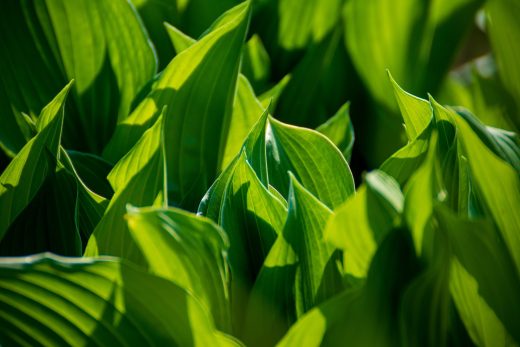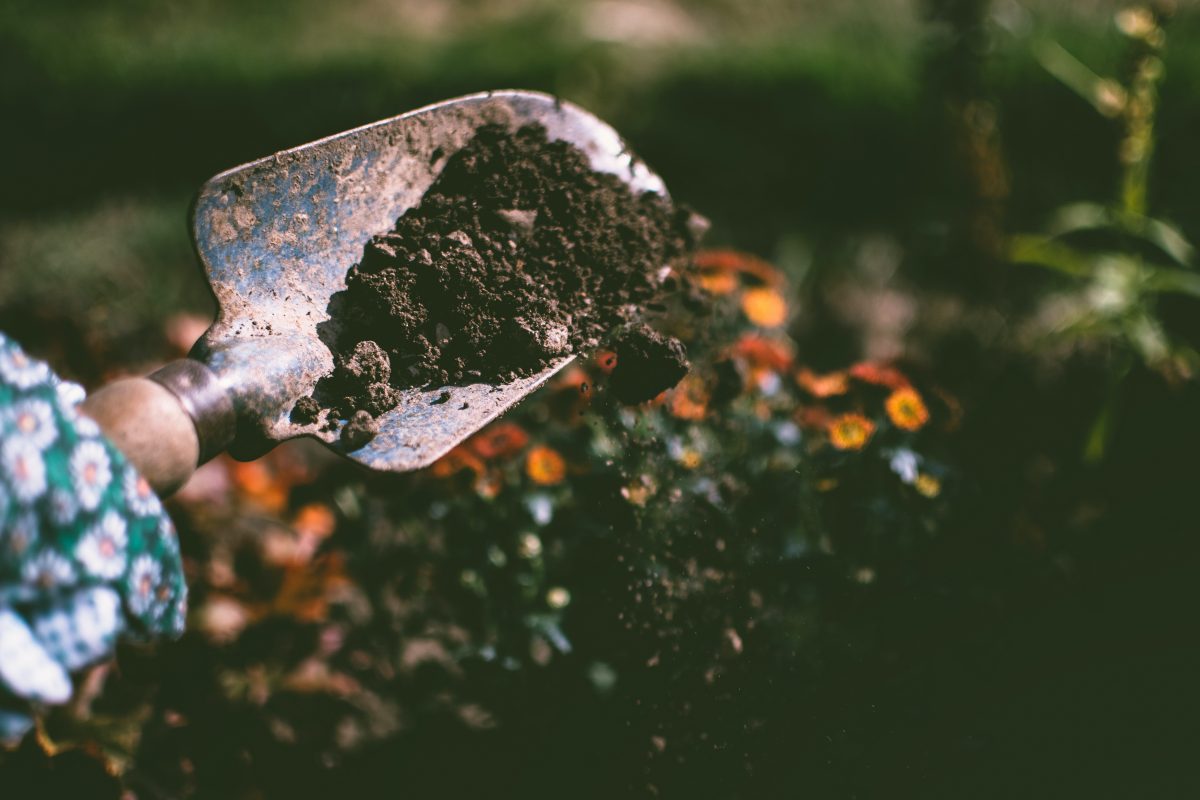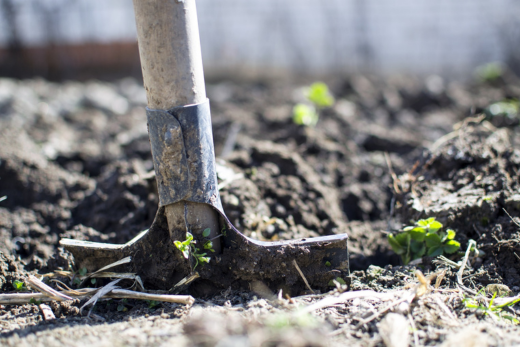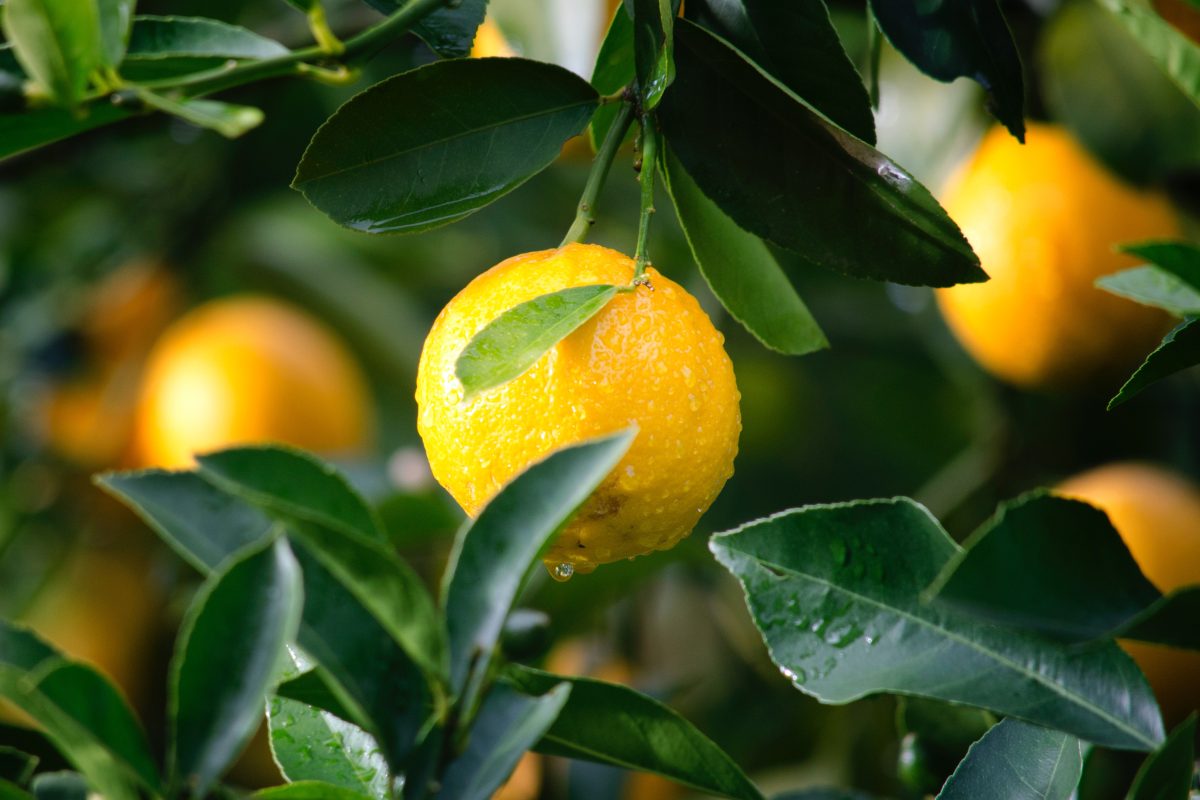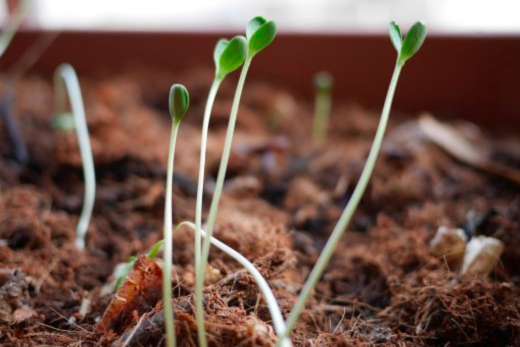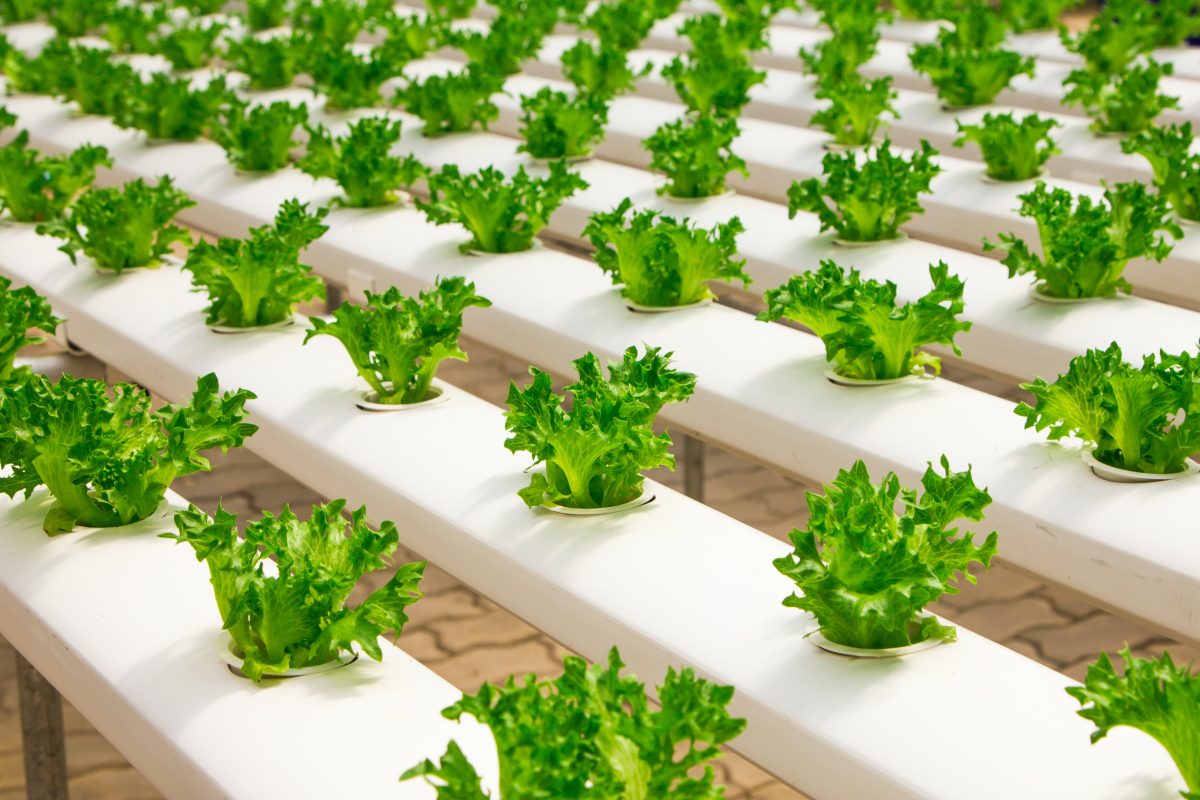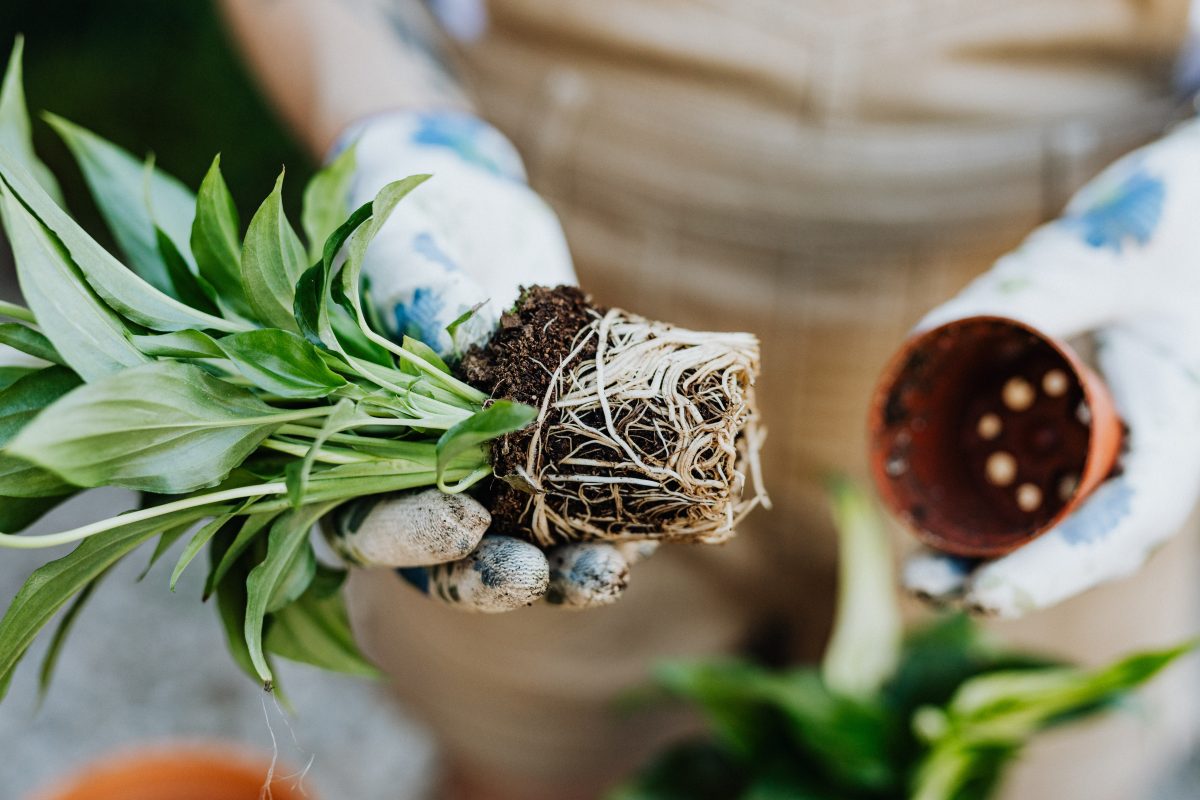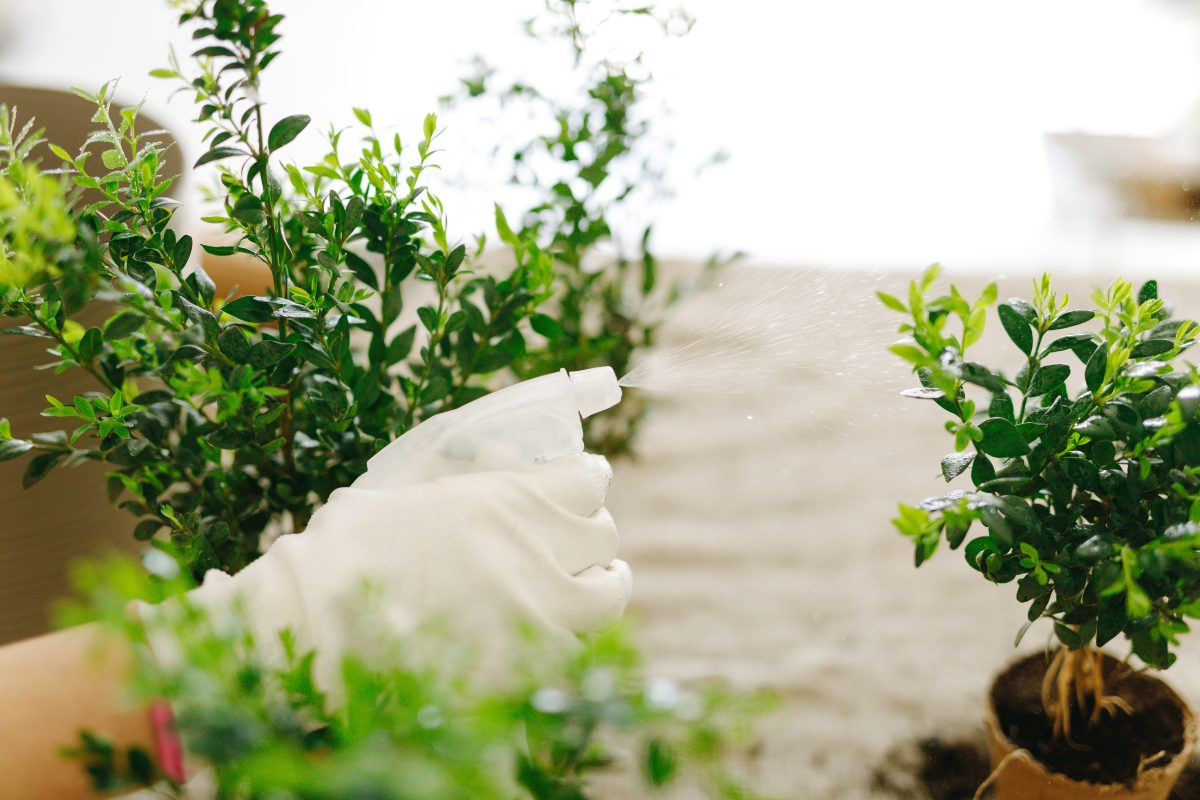You may have covered the process of photosynthesis back in school, but before taking care of a variety of plants, it is always good to get a refresher. Photosynthesis is how plants take the sunlight that beams down on them and turns it into nutrients that allow the plant to grow.
Most plants can’t grow without some sunlight, or a sunlight alternative like a grow light, as they won’t have the proper nutrients to grow. Sunlight turns into glucose which is like how we take food and turn it into nutrients in our digestive systems.
Photosynthesis is important to every gardener as you want to make sure that your plants are getting the nutrients they need. Here is everything you need to know about photosynthesis.
What Is Photosynthesis?
When we get hungry, we head to the kitchen and grab a snack or prepare a meal. We eat food to obtain calories, which is our form of energy.
Vitamins and protein from the food we eat turn into fuel in our bodies which we use to get through our days.

Plants don’t have mouths (except for the Venus flytrap) and therefore, can’t eat food like we do to get nutrients. They have had to come up with a different way to get nutrients.
While the roots of plants get nutrients from the soil, plants also need to get nutrients from the sun. To do this, plants go through a process called photosynthesis.
Photosynthesis is the process of plants taking the energy from the sun along with the carbon dioxide in the air and turning it into fuel that plants use to grow and stay alive.
The combination of sunlight and carbon dioxide turns into glucose, or sugar, that plants use as their main food source. Without sunlight, plants aren’t able to produce glucose and can die from their form of starvation.
How Does Photosynthesis Work?
Photosynthesis is a chemical process that takes only a few steps. First, the sun beams down on a plant and there is also carbon dioxide in the air. These are the two main components necessary for plants to complete photosynthesis.
For plants to complete photosynthesis, they use their leaves, stems, flower petals, and any other spot that has tiny holes that allow for sunlight and carbon dioxide to come in.
The bigger the plant is, the more sunlight and carbon dioxide it can take in. These holes are how the plant completes respiration just like how we breathe with our lungs.
Once the sunlight and carbon dioxide have entered the plant, they still need one more thing to complete the process of photosynthesis.
Water is necessary for photosynthesis as it allows the plant to turn the nutrients from the sun and air into food. The amount of water different varieties of plants need depends as cactuses will need a very different amount of water than wheat.
The sunlight absorbed into the plant breaks down the carbon dioxide and sugar that have also entered the plant. This is like when you have ingredients of a baked good and have placed the batter into the oven.
The sunlight is the heat that cooks the ingredients to form edible food. The product of this recipe is glucose, which is a form of sugar that plants use to grow.
Along with glucose, oxygen is produced as a byproduct that gets released back into the air that we breathe in. The oxygen escapes the plant through the same holes that the plant completes respiration with.
Simply put, photosynthesis works with this formula:
6CO2 + 6H2O + Light energy → C6H12O6 (sugar) + 6O2
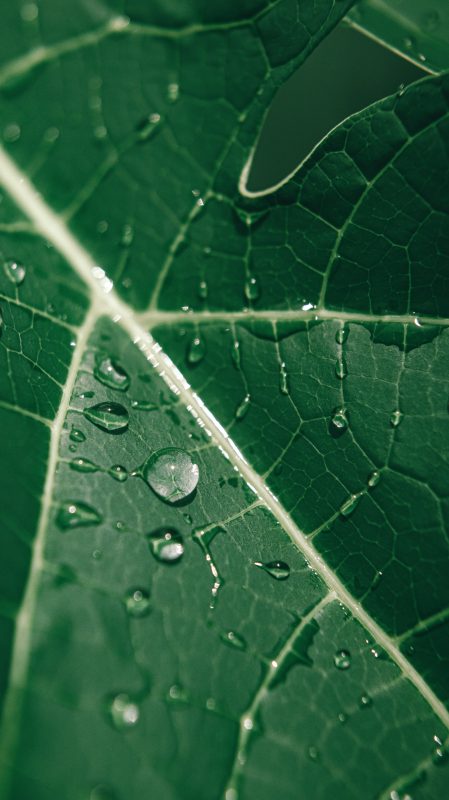
How Is Glucose Used In A Plant?
For plants, glucose is the most important product made by photosynthesis. Without it, plants won’t be able to grow and thrive. However, once it is made, how does the plant use glucose? It doesn’t just sit there in the plant to get absorbed by the inner walls of the cell. Instead, there is a process that glucose goes through to turn into building blocks for the plant.
Once glucose is made, it goes to the mitochondria of the cells inside the plant. The mitochondria then break the glucose down into energy. Once the glucose has turned into a form of energy that can be used by the cells of the plant, it goes throughout the plant and is used for making repairs and growth.
When each molecule of glucose is created, there tends to be a little bit of extra energy from the sunlight left over. The plant can either use this energy as it is in other growing processes, or the plant can store this energy to use at a later time.
That way, there is enough energy stored throughout the day that the plant will still thrive once the night has set and the plant can’t photosynthesize anymore.
Different Forms Of Photosynthesis
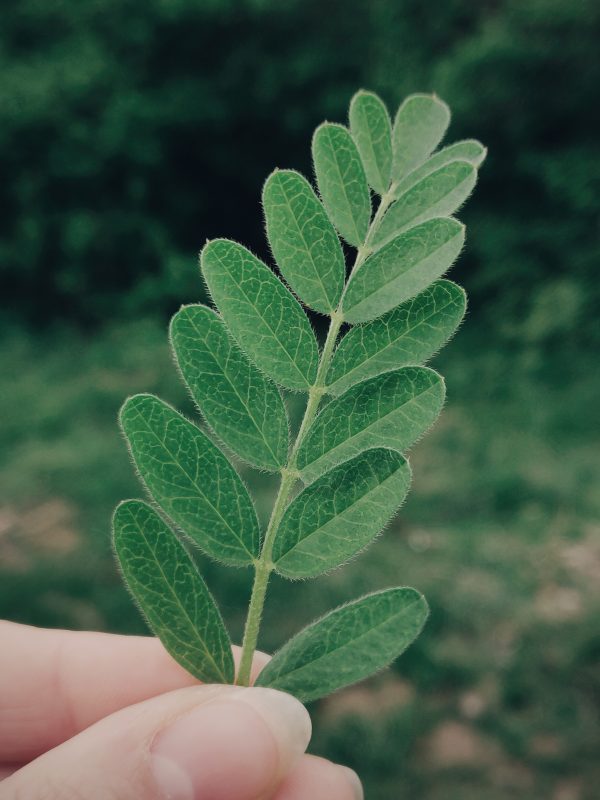
There are actually different forms of photosynthesis that a plant can go through to get the energy it needs to grow. The two forms of photosynthesis include C3 and C4 photosynthesis.
C3 photosynthesis is the most common form where 3-phosphoglyceric acid is used during the photosynthesizing process to become energy.
C4 photosynthesis uses a four-carbon intermediate compound that splits into carbon dioxide and the C3 compound.
C4 photosynthesis produces a higher amount of carbon dioxide which is important for plants that don’t have access to a lot of sunlight or water.
Conclusion
Photosynthesis is the single most important process that plants go through to get the glucose they need to grow and make repairs.
Carbon dioxide, sunlight, and water all come together to turn into oxygen and glucose. The oxygen is released back into the air which is beneficial to us as we need oxygen to breathe.
When plants have all the substances it needs to properly go through photosynthesis, it can thrive and continue growing.
That is why it is important to use LightlyBloom’s Seed Starter Kit to provide your plants with enough moisture and sunlight depending on what it needs, this allows the plant to properly go through photosynthesis.


